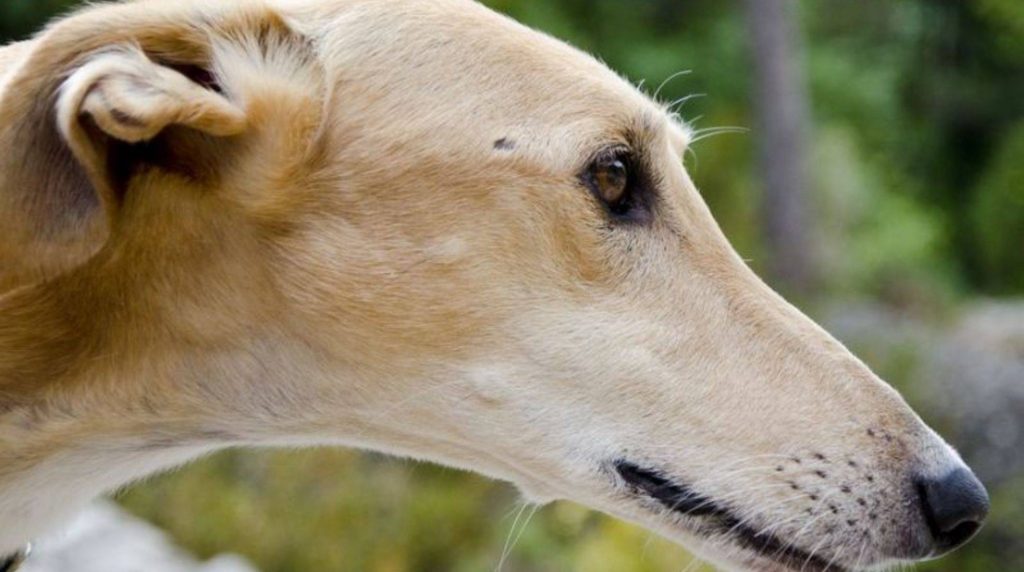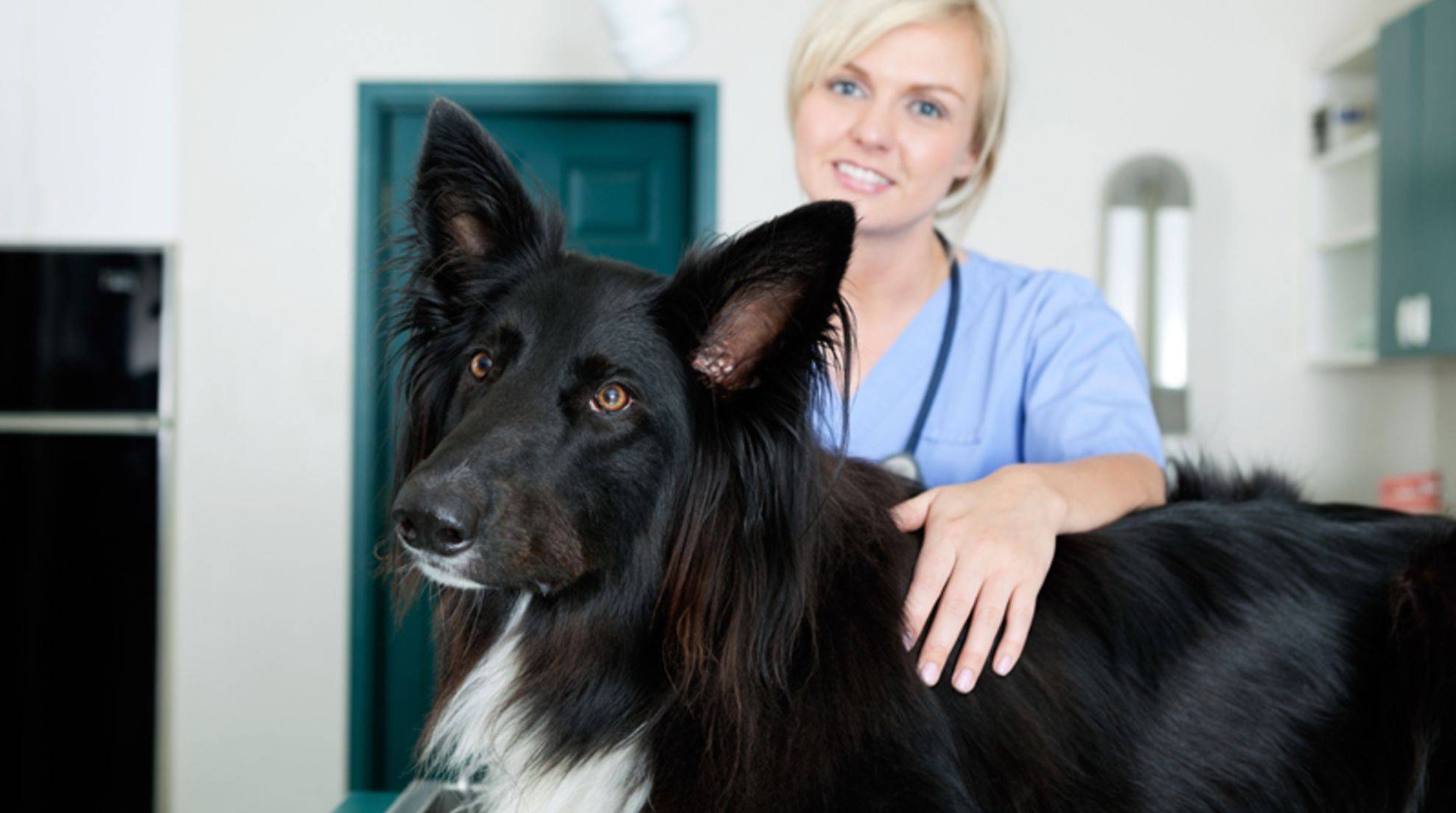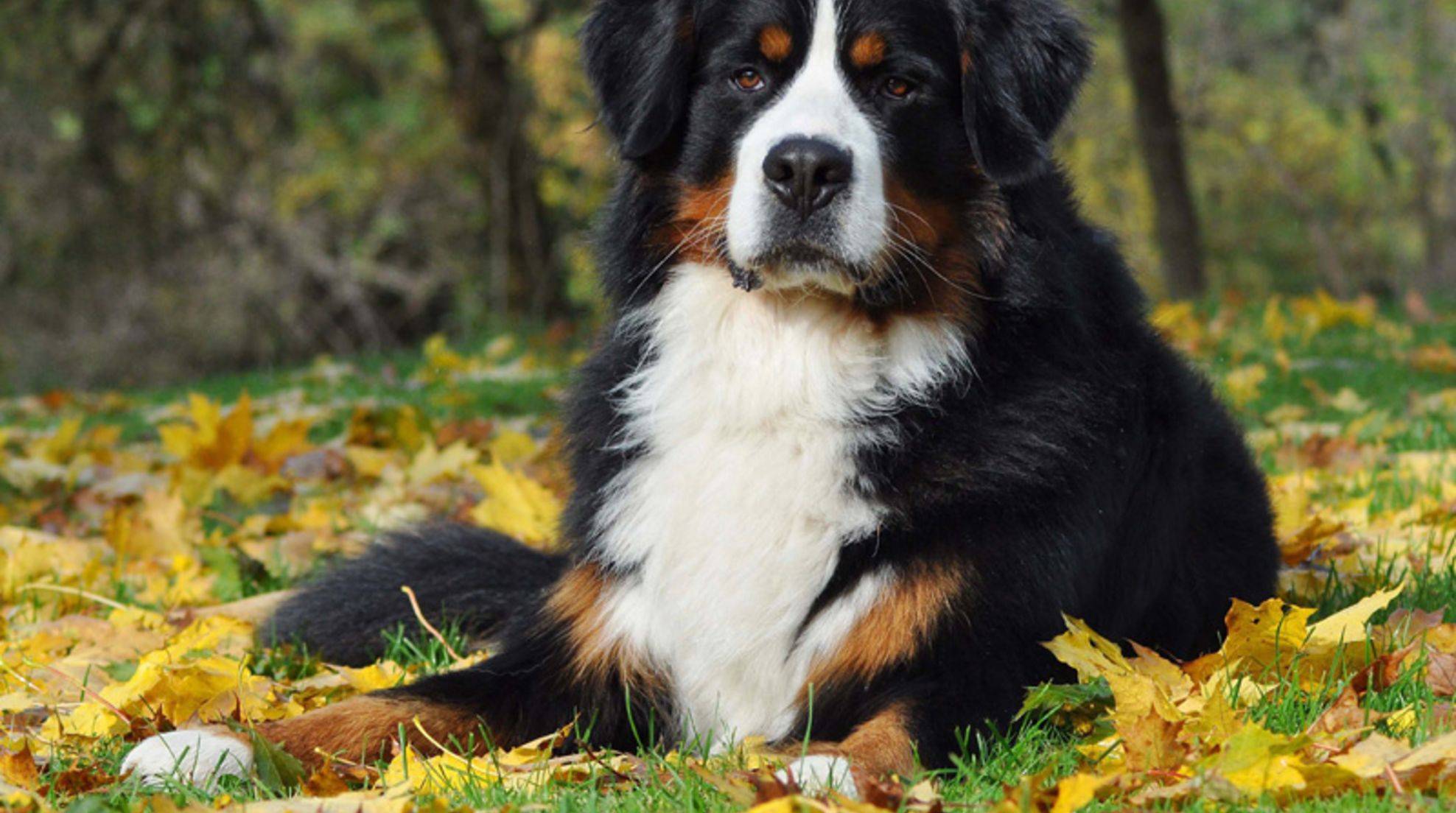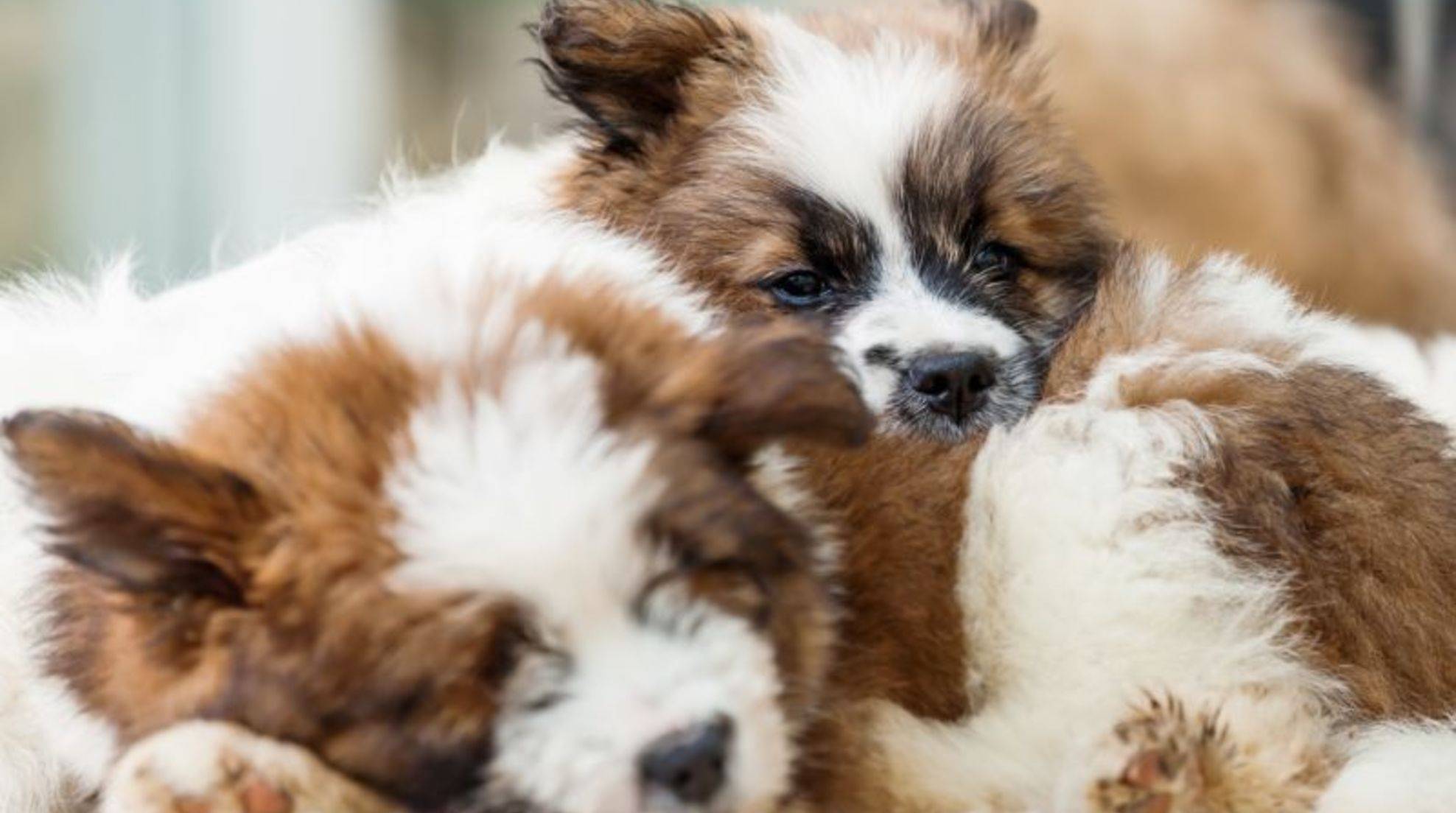Adopt a dog from abroad: How to do it
Adopting a dog from abroad often offers the four-legged friend a last chance to survive. In many countries, including popular vacation destinations such as Spain or Italy, stray dogs are a major problem. With the right tips, you may soon be able to save a dog’s life.
The beach vacation gets a bitter taste at the sight of the many neglected animals. Especially in Mediterranean regions, stray dogs and cats catch the eye. You have wanted a friend on four paws by your side for quite some time and would like to rescue one of the animals? This is noble, but there are a few things to consider when doing so.
Adopt a dog: Are you sure?
Before you decide to adopt a dog from abroad, you should carefully consider in advance whether you can really offer enough space and invest enough time for a four-legged friend. The decision to adopt a dog entails great responsibility. The decision to adopt should therefore not be a knee-jerk reaction on vacation. In addition, not every stray is also suitable as a pet.
Preliminary check abroad: Have the dog examined by a veterinarian
If you decide to adopt a dog after careful consideration, you will find the best support at local animal welfare organizations. They will help you find the right dog and ensure that your soon-to-be companion comes to Germany. All dogs must be examined by a veterinarian in advance. They are also chipped, vaccinated and dewormed. Afterwards a protection fee of 200 to 300 Euro is due. From this the association pays the veterinary costs and the transport.
Important tip if you want to adopt a dog directly on site: Pay attention to the vaccination regulations. At least 30 days before departure, the animals must be vaccinated against rabies. However, different regulations apply to each country. Therefore, find out exactly about the respective regulations before adopting.
Transporting a dog on an airplane: Tips
When transporting a dog by plane, it should also be noted that each airline regulates the transport differently. Small dogs are usually allowed to fly in the cabin, all others in pet boxes in the baggage compartment.
Tip: It is best to get an overview of the most important conditions before departure. A safe transfer is the first step towards a better future for your new companion.
Adopt a dog: Bring patience
Keep in mind that the procedure, i.e. the veterinary examinations, usually take more time than your vacation. Only when the dog has an EU pet passport, it may travel to its new home. Stay in contact with local animal welfare organizations until the formalities are completed. Often, flight adoptions are offered. Depending on the organization, you have to expect costs of about 350 euros for the transport.








